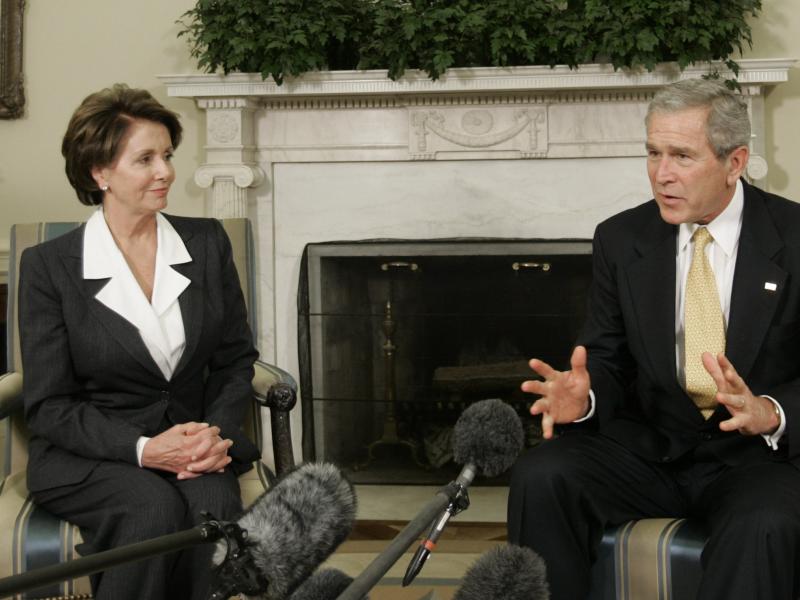
In July of 2006, The Cook Political Report rated just 14 GOP-held seats as highly vulnerable. By November, the number of GOP-held seats in danger had tripled to 43. We saw a similar pattern in 2010. In August of that year, we listed 36 Democratic-held seats as highly vulnerable. By November, the number of vulnerable Democratic-held seats had more than doubled to 78. On Election Day of 2006, Republicans lost 30 seats; Democrats lost 63 seats in 2010.
So, what happened between the summer and November of those years that caused such a dramatic shift in ratings?
There wasn’t a point where the bottom just dropped out for one party. The approval rating for President George W. Bush was 40 percent in mid-July of 2006 and 38 percent in early November. President Obama was sitting at 44 percent in mid-August of 2010 and 45 percent in early November.
Nor was it that a bunch of ‘new’ districts came into play between the summer and fall of those years. By the summer of 2006 and 2010, the Cook Political Report had already identified as shaky or potentially weak all but a handful of the seats that ultimately fell that fall.
Instead, as summer turned to fall it became more and more clear that things weren’t going to get any better for the party in the White House. And, as such, races that we listed as potentially vulnerable in the summer were moved into the more highly vulnerable category by fall.
For example, between July 2006 and November 2006, we moved 24-GOP held seats from Lean/Likely Republican to Toss-Up (or worse). Between August and November of 2010, we moved 35 Democratic-held seats from Lean/Likely Democratic to Toss-Up (or worse).
In fact, of the 30 seats that Democrats won in 2006, 21 of them (or 70 percent), weren’t classified as the most vulnerable GOP-held seats in July. Almost half of the Democratic seats Republicans won in 2010 were classified as Lean or Likely Democrat in August.
Ratings Changes in Competitive Seats
Changes in Presidential Approval
This year, Republicans already have more seats in the highly vulnerable category than they had at this point in 2006 or than Democrats had in August of 2010. If 2018 follows a similar pattern to 2006 and 2010 — where less vulnerable seats move into more vulnerable territory in the fall — the GOP is almost certain to lose their majority. There are currently another 53 GOP-held seats in Lean/Likely Republican.
Of course, there are other important variables to remember when comparing past elections and the ratings process to this election. First, to win control of the House, Democrats need to pick up more seats this year than they did in 2006 (23 to 17 in 2006). There’s also the fact that the House Editors have changed between 2006 — when I was doing this — and 2010 and 2018 with David Wasserman in charge. We have different styles and philosophies. A race I may have waited to move into a different category, David may have moved earlier — or vice-versa.
That said, the overall pattern in 2006 and 2010 is similar. The president’s weak approval ratings don’t improve between the summer and November, and seats held by the party of the White House that looked somewhat secure over the summer, are much more vulnerable by the fall. Pay close attention to how big the GOP Toss-Up column gets between now and November.


Subscribe Today
Our subscribers have first access to individual race pages for each House, Senate and Governors race, which will include race ratings (each race is rated on a seven-point scale) and a narrative analysis pertaining to that race.